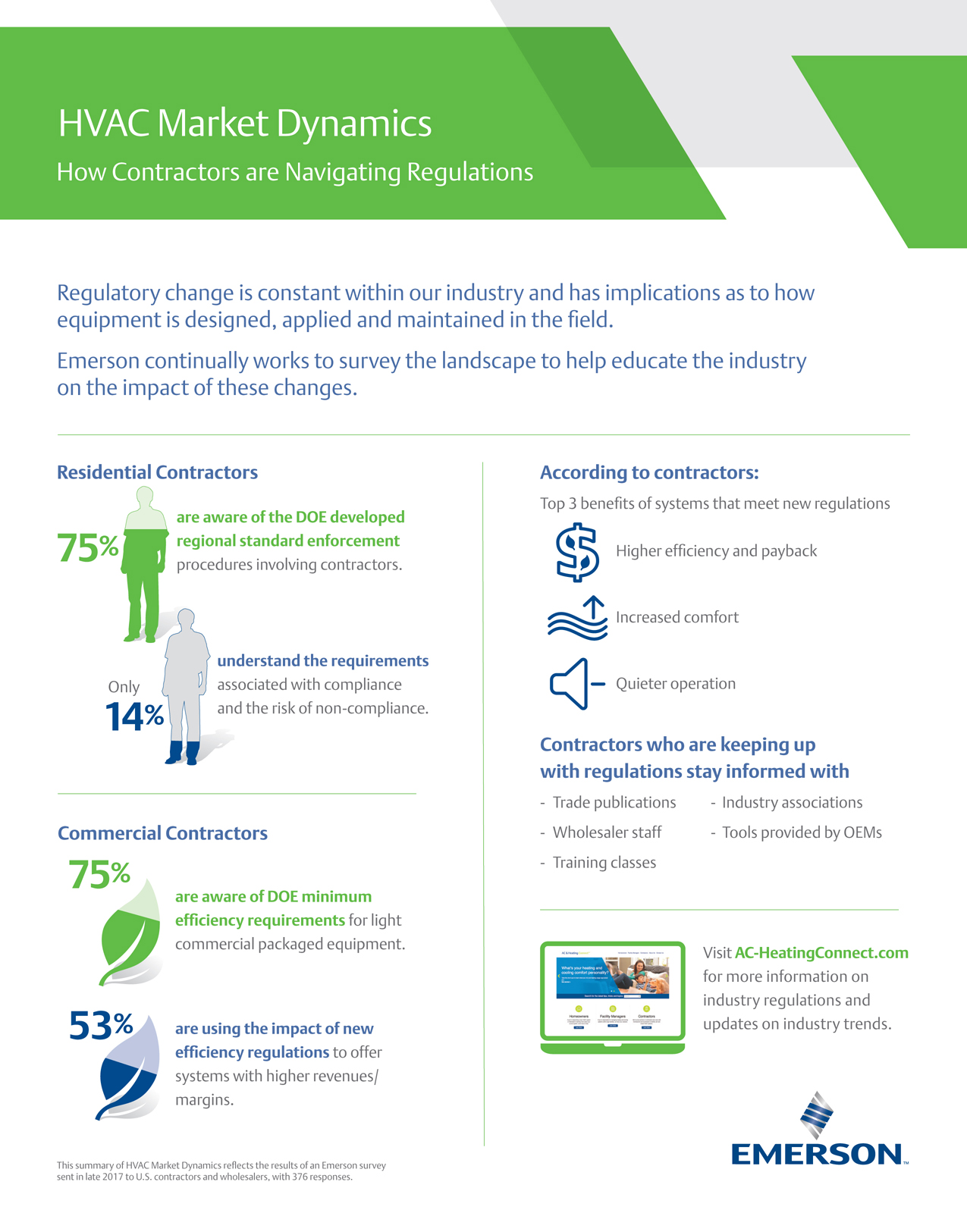Understand Exactly How To Make Best Use Of The Performance And Longevity Of Your Heat Pump System By Avoiding Regular Installation Mistakes
Understand Exactly How To Make Best Use Of The Performance And Longevity Of Your Heat Pump System By Avoiding Regular Installation Mistakes
Blog Article
Post Produced By-Harper Gillespie
When setting up a heatpump, you have to steer clear of typical mistakes that could jeopardize its effectiveness. Neglecting proper sizing may result in inefficiencies and higher utility expenses. Neglecting insulation and sealing can result in power wastage and pressure on the system. In addition, positioning the exterior unit incorrectly may impact its performance. By avoiding these errors, you can make certain ideal functioning and sturdiness of your heatpump system.
Improper Sizing of Heat Pump
When it comes to the installation of heat pumps, among the most usual errors is poorly sizing the device for your space. Guaranteeing the appropriate size is essential for optimal efficiency. If the heat pump is as well little, it will certainly have a hard time to heat or cool your area effectively, leading to raised energy costs and potential wear and tear on the unit.
On the other hand, if the heat pump is as well large, it will certainly cycle on and off often, causing temperature fluctuations and lowering its life expectancy.
To avoid this error, it's important to have a specialist examine your space and suggest the appropriate dimension of the heatpump based on aspects like square footage, insulation, ceiling height, and regional environment. By investing the time and initiative to make certain the right sizing, you can delight in a comfy environment while making the most of energy effectiveness and extending the life-span of your heatpump.
Inadequate Insulation and Sealing
To make sure the efficient procedure of your heatpump, it's essential to deal with poor insulation and sealing in your area. Correct insulation aids preserve a constant temperature inside your home, minimizing the work on your heatpump. Insufficient insulation can cause energy loss, making your heatpump work harder and less successfully.
Securing https://www.bobvila.com/articles/how-to-clean-a-water-cooler/ of spaces or leakages in your space is similarly vital. These gaps permit conditioned air to escape and outdoor air to leak in, compeling your heat pump to compensate for the temperature changes.
Wrong Placement of Outdoor System
Resolving the placement of your heatpump's outside unit is vital to enhancing its efficiency. Setting up the outside system in a wrong area can result in efficiency issues and possible damage to the system.
One usual blunder to stay clear of is putting the exterior unit also near to a wall or various other frameworks. This can limit airflow, causing the device to function more difficult to warmth or cool your area, ultimately minimizing its effectiveness and lifespan.
An additional mistake to steer clear of is placing the outdoor device in straight sunlight. While some sunlight is inevitable, excessive exposure can bring about overheating, especially throughout hot summertime days. It's best to place the exterior device in a shaded location to aid keep its optimum operating temperature.
Additionally, see to https://best-heating-company-near56555.bloggip.com/31233002/typical-misconceptions-about-heat-pump-fixes-crucial-details-you-need-to-be-aware-of that the outdoor unit is placed on a steady and degree surface. https://air-conditioning-service66543.blogsidea.com/37485893/unusual-audios-and-fluctuating-temperatures-might-suggest-problems-with-your-heat-pump-it-is-important-to-recognize-these-indication-before-they-intensify can trigger resonances and unneeded pressure on the system, impacting its performance over time.
Verdict
In conclusion, staying clear of typical blunders throughout heatpump installment is important for maximizing efficiency and durability of your system. By making sure appropriate sizing, ample insulation, securing, and right placement of the exterior system, you can prevent concerns such as inefficiencies, enhanced energy costs, and strain on the system. Making the effort to deal with these key elements will eventually conserve you time and money in the future.
